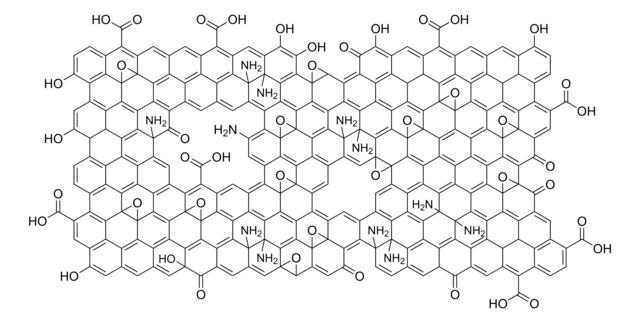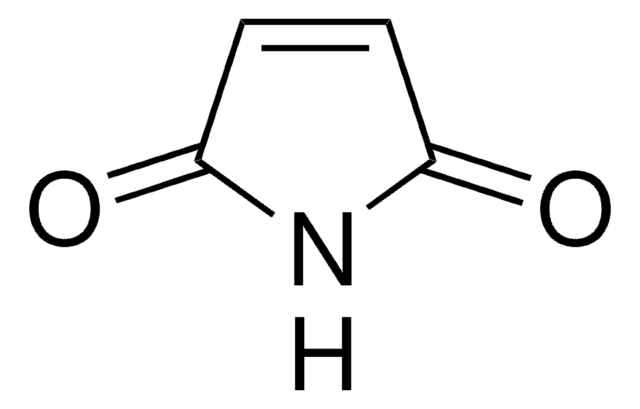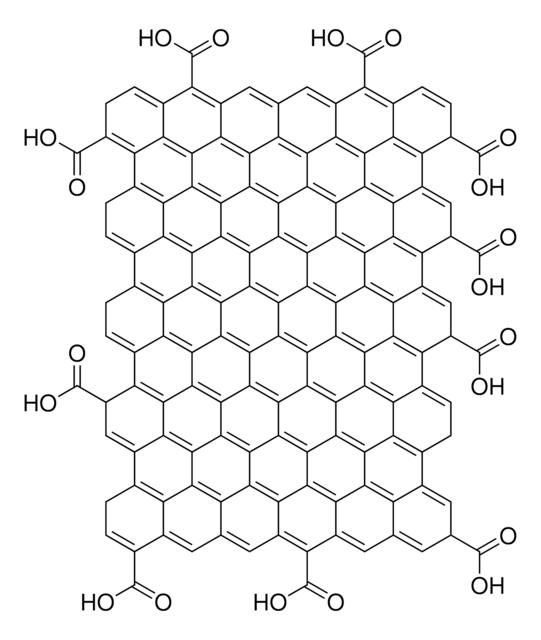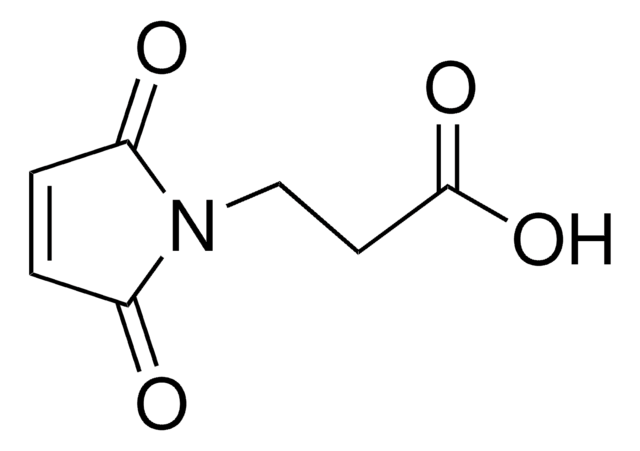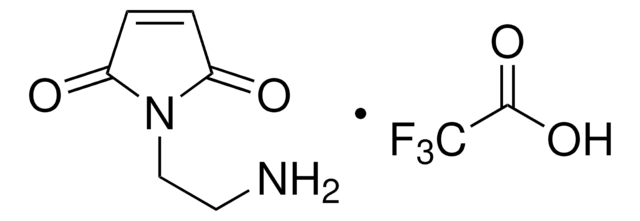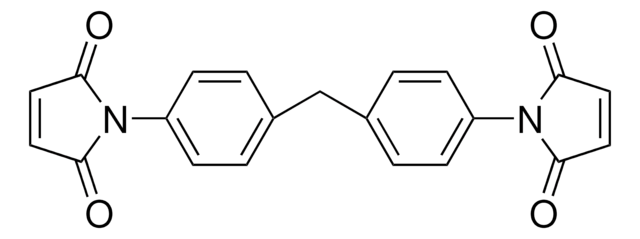809322
1-(2-Aminoethyl)maleimide hydrochloride
Synonym(s):
1-(2-Aminoethyl)pyrrole-2,5-dione hydrochloride
Sign Into View Organizational & Contract Pricing
All Photos(1)
About This Item
Empirical Formula (Hill Notation):
C6H9N2O2Cl
Molecular Weight:
176.60
MDL number:
UNSPSC Code:
12352111
PubChem Substance ID:
NACRES:
NA.22
Recommended Products
Assay
95%
Quality Level
form
powder
mp
166 °C
InChI
1S/C6H8N2O2.ClH/c7-3-4-8-5(9)1-2-6(8)10;/h1-2H,3-4,7H2;1H
InChI key
NJQOCRDPGFWEKA-UHFFFAOYSA-N
General description
1-(2-Aminoethyl)maleimide hydrochloride (N-(2-Aminoethyl)maleimide hydrochloride salt) can be prepared from tert-butyl 2-(2,5-dioxo-2,5-dihydro-1H-pyrrol-1-yl)ethylcarbamate.
Application
1-(2-Aminoethyl)maleimide hydrochloride (1-(2-Aminoethyl)-1H-pyrrole-2,5-dione HCl salt) may be used in the preparation of N-propionyl cysteaminylphenol-maleimide-dextran (NPCMD) and 4-nitrophenyl 2-(2,5-dioxo-2,5-dihydro-1H-pyrrol-1-yl)ethylcarbamate.
Signal Word
Warning
Hazard Statements
Precautionary Statements
Hazard Classifications
Eye Irrit. 2 - Skin Irrit. 2
Storage Class Code
11 - Combustible Solids
WGK
WGK 3
Flash Point(F)
Not applicable
Flash Point(C)
Not applicable
Certificates of Analysis (COA)
Search for Certificates of Analysis (COA) by entering the products Lot/Batch Number. Lot and Batch Numbers can be found on a product’s label following the words ‘Lot’ or ‘Batch’.
Already Own This Product?
Find documentation for the products that you have recently purchased in the Document Library.
Yu Mizote et al.
Journal of dermatological science, 73(3), 209-215 (2013-12-10)
N-propionyl cysteaminylphenol-maleimide-dextran (NPCMD) is a toxic tyrosinase substrate developed to treat melanoma. We investigated the effect of NPCMD on innate immune responses in monocytes. CD14⁺ monocytes and a monocytic cell line, THP-1, were stimulated with NPCMD in vitro. Cytokines in
Pieter van der Veken et al.
Chembiochem : a European journal of chemical biology, 6(12), 2271-2280 (2005-10-29)
Gaining insight into phosphoproteomes is of the utmost importance for understanding regulation processes such as signal transduction and cellular differentiation. While the identification of phosphotyrosine-containing amino acid sequences in peptides and proteins is now becoming possible, mainly because of the
Our team of scientists has experience in all areas of research including Life Science, Material Science, Chemical Synthesis, Chromatography, Analytical and many others.
Contact Technical Service